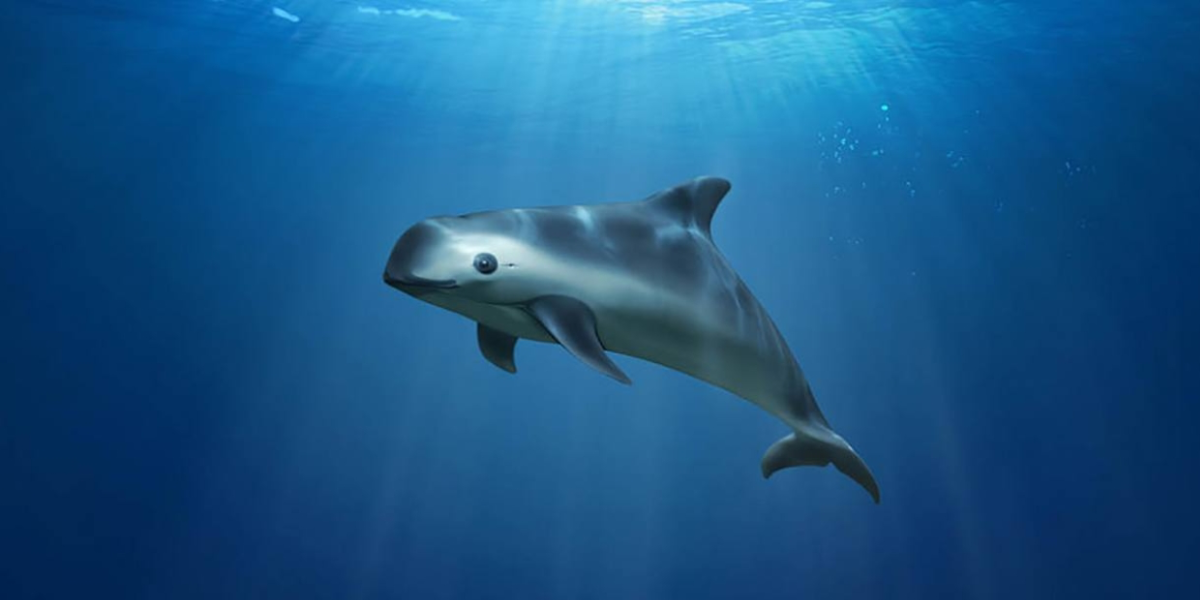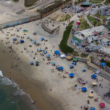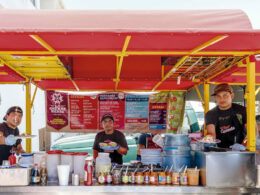Thanks to the placement of concrete blocks in the vaquita porpoise protection area, the presence of boats and fishing nets is reduced, which will help protect this species.
The Secretaría de Marina expanded the protection zone of the vaquita marina with the Concrete Blocks Seeding Project in the Zero Tolerance Zone, in the Upper Gulf of California, with the intention of keeping away the illegal fishing nets that prevail in this area, which critically endanger the remaining 13 individuals of this species.
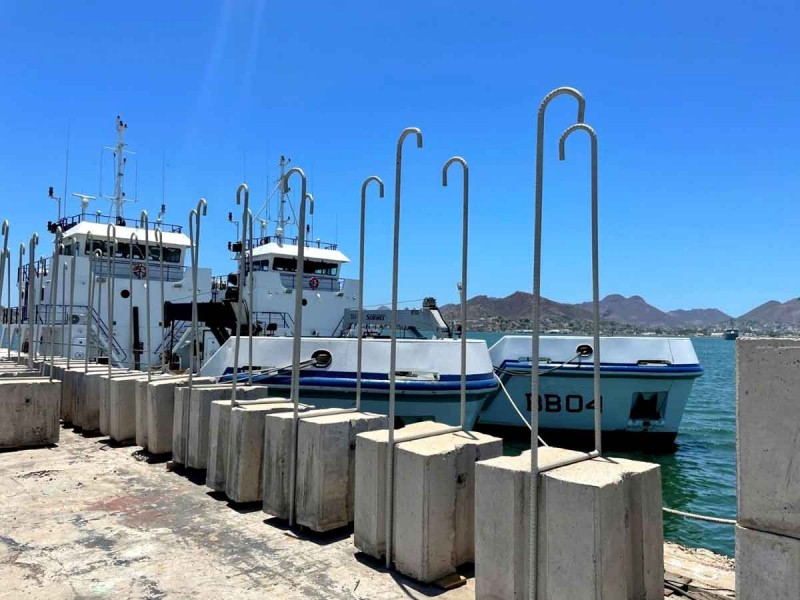
The vaquita marina (Phocoena sinus), a small cetacean endemic to the waters of the Gulf of California, has faced an alarming decrease in its population in recent years, primarily due to the illegal fishing of totoaba, a fish whose swim bladder is highly coveted in the black market. The vaquita marina gets inadvertently caught in the fishing nets targeted at totoaba.
More on the topic
Just over a year since the beginning of this intergovernmental strategy, which was named as successful by the Navy commands; this next phase will be carried out in two stages in areas where between 10 and 13 individuals have been recently located, including two calves.
Concrete blocks will halt the access of fishing nets
In this new stage of the installation of adapted concrete blocks, a total of 216 new blocks equipped with a steel rod hook will be placed, in which it is expected that the nets of fishermen who access the area illegally to fish for totoaba will get stuck.

The main danger the vaquitas face with these nets is that they get entangled in them and die from drowning.
Just 20 kilometers off the coast of the port of San Felipe, Baja California, from August 30 to September 18, 64 structures will be installed at a depth of 20 to 40 meters in the area covering the 225-kilometer polygon in the Upper Gulf of California, located 20 kilometers off the coast of this port, the exclusive habitat of the smallest cetacean in the
The protection area of the vaquita marina will be increased
The second phase of the block installation will be initiated once an agreement has been reached with the fishing community of the area. The planning includes the installation of the remaining 152 blocks, in an area that has been termed the “buffer zone”, which will result in the expansion of up to 40% of the species protection polygon, equivalent to more than 140 square kilometers, as explained by the commander of the Naval Sector of San Felipe, Marco Antonio Peyrot.
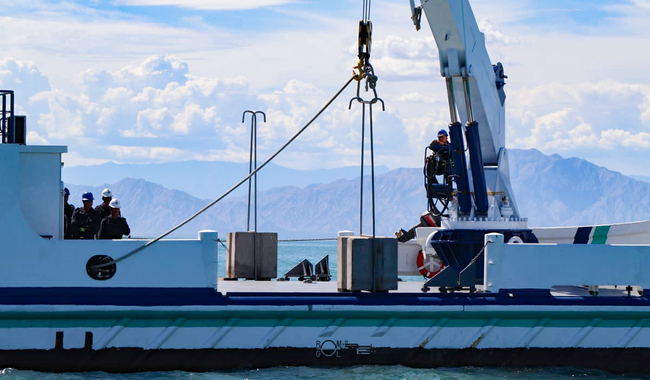
These expansion plans for the area and the installation of the blocks came about thanks to the scientific results of the “Vaquita Observation Cruise 2023”.
It is worth noting that, according to the decision of the Environmental Impact Manifestation, issued by the Intergovernmental Group on Sustainability in the Upper Gulf of California, the expansion of the project is conditioned upon the strict compliance with current environmental regulations. This means that environmental programs and established mitigation measures will continue to be implemented on an ongoing basis.
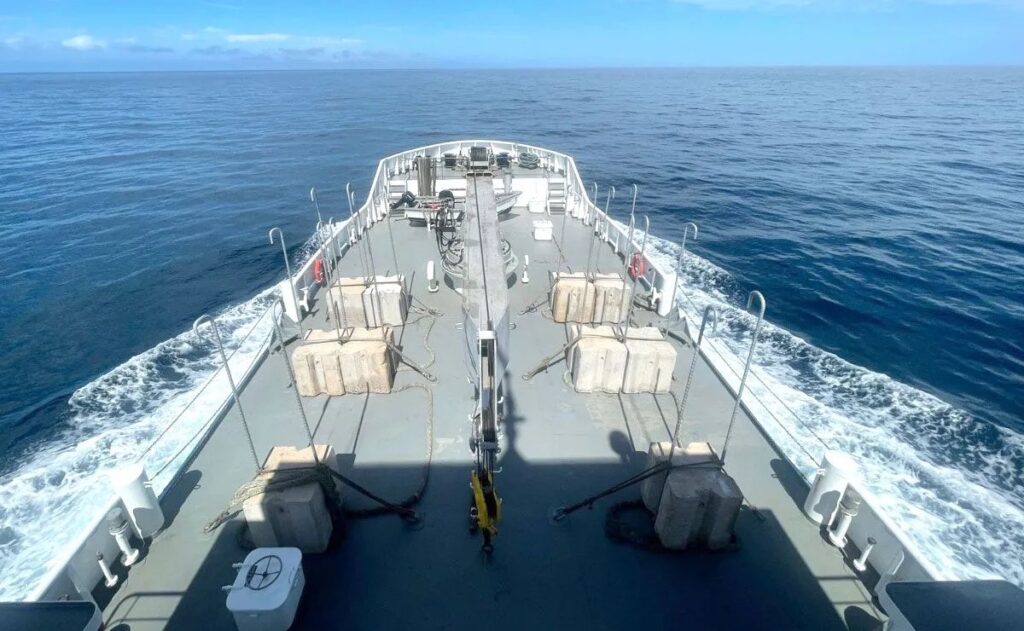
For the installation of the blocks assembled by the Navy’s Shipyard number 6, it was reported that the beacon vessels “Virgo” and “Sagitarius” will be used, from which millimetric precision maneuvers can be achieved
Do you think this is an effective way to preserve the vaquita marina?
Sources: El Sol de México, La Jornada, Uniradio Informa






